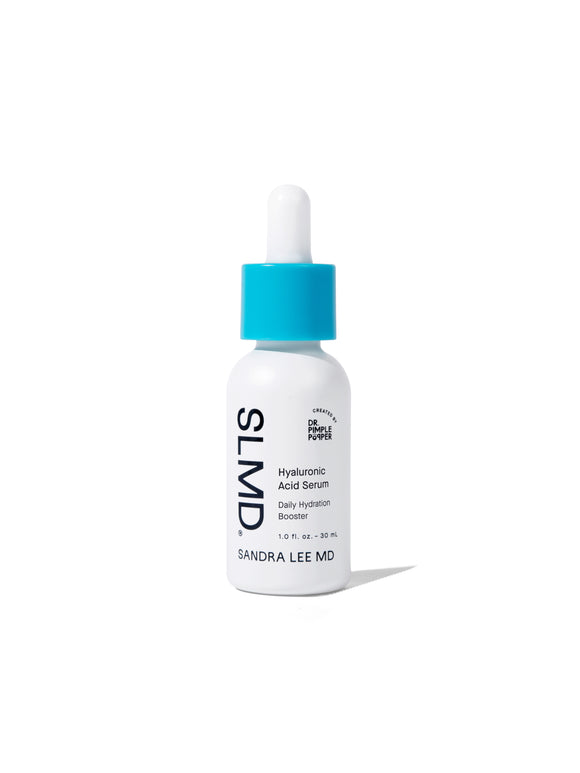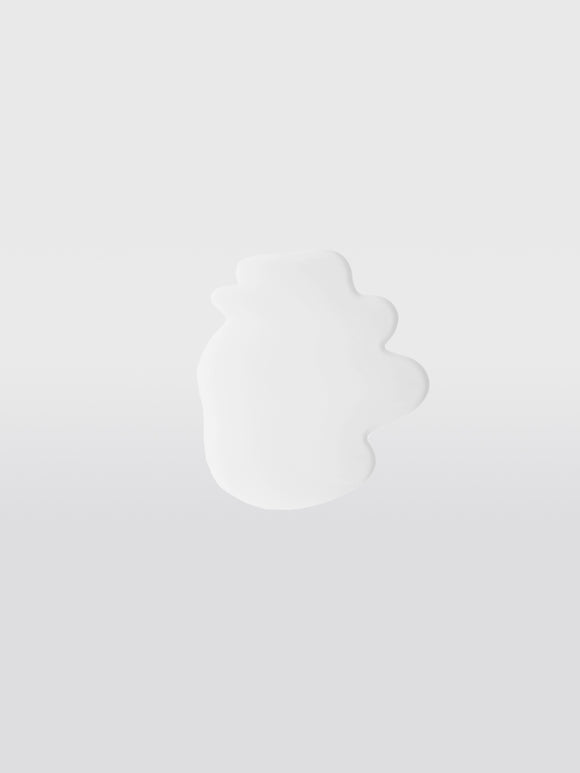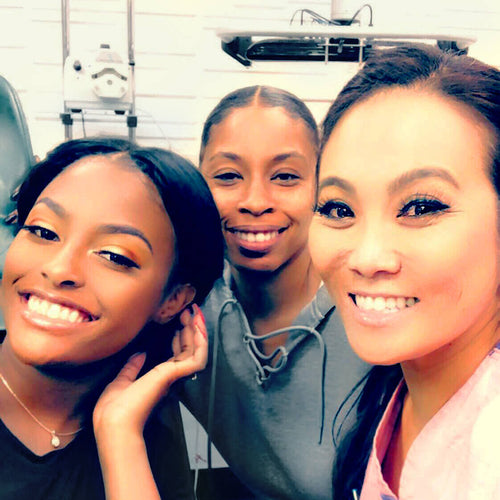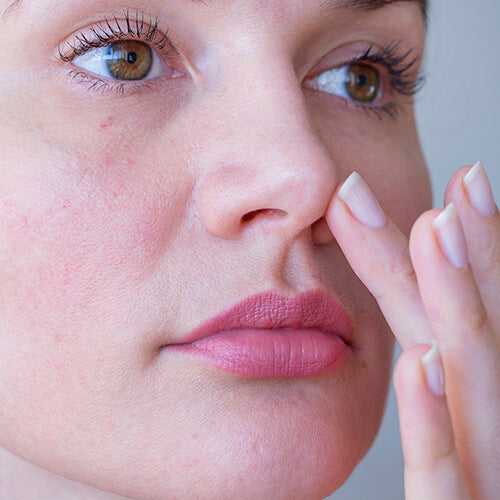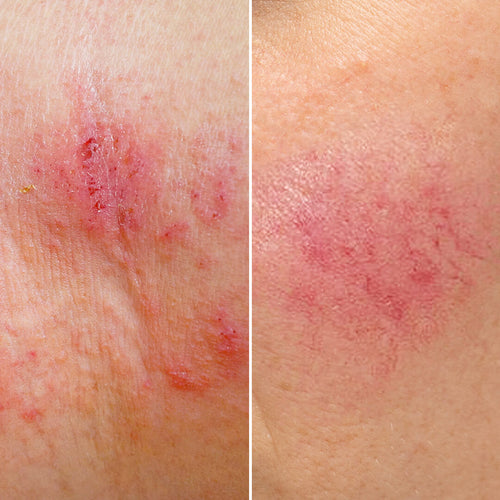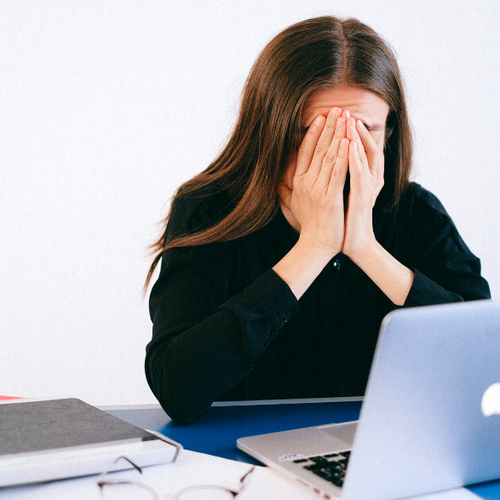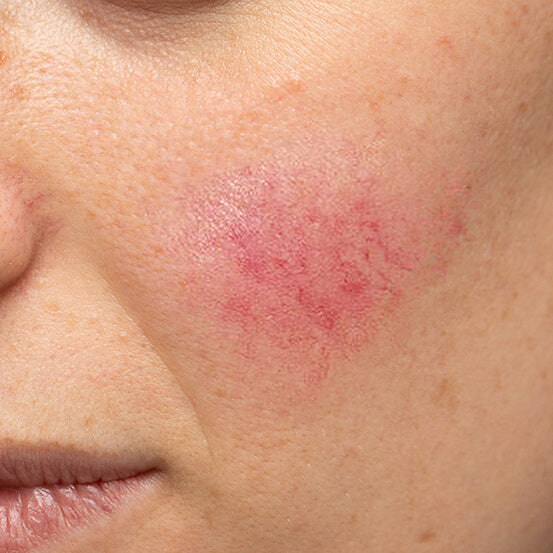
Red Alert: Understanding and Treating Rosacea
It’s estimated that as many as 16 million Americans experience the redness, bumps and sensitivity associated with rosacea, but its exact causes remain elusive. To explain the common condition, and offer tips on how to manage rosacea, we consulted with board certified dermatologist Dr. Sandra Lee (aka Dr. Pimple Popper).
Published:
5 minute read
Rosacea has a reputation of being one of the more confounding skin conditions. Its exact causes remain elusive, and its severity, symptoms and triggers can vary significantly from person to person.
While it’s estimated that as many as 16 million Americans experience the flushing, bumps and sensitivity associated with rosacea, many of them likely don’t even realize it’s a skin disorder. To clear up the confusion, and offer tips on how to manage rosacea, we consulted with board certified dermatologist Dr. Sandra Lee (aka Dr. Pimple Popper).

5 minute read
Article Quick Links
What does rosacea look like?
Although the signs of rosacea (sometimes called couperose skin) can appear very differently from patient to patient, dermatologists typically look for a combination of factors. These symptoms most commonly appear on the face — the cheeks, chin, forehead and nose — although they can sometimes arise on the ears, neck, scalp and chest:
- Redness/flushing (persistent and transient erythema)
- Visible blood vessels (telangiectasia)
- Red bumps and pustules (papulopustular rosacea)
- Pain
- Swelling
- Sensitivity/irritation
- Dry/itchy patches
- Skin thickening (rhinophyma especially the nose)
- Eye irritation (aka ocular rosacea)
Who gets rosacea?
Although rosacea is quite common, it does affect certain people more than others. The main risk factors include:
- Gender: While women get rosacea more often than men, there is a higher risk of disease severity in males.
- Age: It most often occurs in adults between the ages of 30 and 60, with an uptick in women around the age of menopause.
- Family history: Rosacea tends to run in families.
- Skin tone: It’s more common in those who sunburn easily, but it can occur in any Fitzpatrick skin type.
- Ethnic background: Those of English, Scottish, Scandinavian, and Northern or Eastern European descent are more susceptible.
- Sun exposure: UV damage to the skin and blood vessels may increase your risk.
- Acne: You may be more likely to get rosacea if you have a history of cystic acne.
Are there different types of rosacea?
Dermatologists differentiate rosacea by the nature and severity of its symptoms.
- Neurovascular or erythematotelangiectatic rosacea: also known as subtype 1, characterized by redness and flushing
- Inflammatory or papulopustular rosacea: subtype 2, presents as red bumps and pimples
- Phymatous rosacea: a thickening of the skin from excess tissue development, commonly on the nose (known as rhinophyma)
- Ocular rosacea: symptoms include watering, swelling, redness, stinging, irritation

What causes rosacea?
Ongoing research into the biological mechanisms and processes that lead to rosacea have uncovered an array of possible contributors. But much like other chronic skin conditions, including acne, eczema and keratosis pilaris, it appears that what causes rosacea may be a complicated interplay of many different factors — though scientists might one day find an ultimate root cause.
Recent studies have examined a number of potential players, including:
- Innate immune system: Certain types of immune cells and chemicals may trigger some of rosacea symptoms.
- Genetics: Identical twin studies suggest genes play a role and the condition may be autoimmune.
- Neurovascular system: Scientists are exploring dysfunction involving sensory nerve cells that surround tiny blood vessels in the skin, as well as the role of neurotransmitters.
- Microbes: Studies show that certain microorganisms, including Demodex mites and B. oleronius bacteria (both typically present in human skin), are more plentiful in a significant percentage of rosacea patients.
The most common rosacea triggers
Because rosacea symptoms and triggers vary substantially from person to person, dermatologists recommend patients keep a detailed diary to try to pinpoint any correlation between symptoms and lifestyle choices. Here are some of the most common causes of rosacea flare-ups.
Environmental and lifestyle factors
- Sun exposure
- Hot or cold temperatures
- Wind
- Heavy exercise
- Hot showers/baths
- Heated beverages
- Alcohol
- Caffeine
- Certain medications
- Spicy foods
- Hormone fluctuations
- Stress
Skincare ingredients and products
- Astringents
- Exfoliants (both physical and chemical)
- Alcohol
- Witch hazel
- Fragrance
- Menthol
- Peppermint
- Eucalyptus oil

What treatments work best for rosacea?
Because rosacea’s exact causes are unknown, and it’s often characterized by periods of active flare-ups followed by varying degrees of remission, the condition can be quite challenging to treat. According to Dr. Lee, dermatologists typically suggest a multi-pronged treatment plan.
Lifestyle modifications
- Avoid triggers
- Steer clear of the sun
- Minimize stress
- Follow an anti-inflammatory diet
Medical interventions
- Topical drugs like brimonidine and oxymetazoline (for redness), ivermectin, azelaic acid, metronidazole, time-released benzoyl peroxide (for papules)
- Oral antibiotics including doxycycline
- Light/laser therapy (including IPL, pulsed dye laser, KTP laser)
Skincare considerations
- Choose sensitive skin formulations
- Patch test
- Always wear sunscreen
- Avoid potentially irritating/abrasive ingredients (see “triggers,” above)
- Opt for gentle products that support the skin barrier
Although finding the ideal regimen for sensitive and rosacea-prone skin is unique to every patient, Dr. Lee says to look for product labels like “allergy tested” and “suitable for sensitive skin.” Mild ingredients available over the counter include:
- Niacinamide: a B vitamin that’s been clinically shown to strengthen barrier function (but steer clear of niacin supplements, as those can stimulate skin flushing). Find it in SLMD All Bright toner.
- Hyaluronic acid: a potent hydrator that’s naturally present in the body, is also typically well tolerated by those with sensitive skin (try SLMD Hyaluronic Acid Serum).
Dr. Lee also suggests Dual Defender SPF 30 sunscreen, which is gentle for those with sensitive skin. As always, consult with your dermatologist and perform a patch test if you’re concerned about a possible reaction.
For those with papulopustular rosacea (subtype 2), dermatologists sometimes suggest topical retinoids, but talk to your doctor first before using any type of potent skincare ingredients.
Rosacea and mental health
Like other chronic skin conditions like acne, rosacea can have a significant emotional and psychological impact on patients. According to the National Rosacea Society:
- People with rosacea are more likely to report depression and anxiety
- 86 percent of survey respondents experienced lowered self-esteem and self-confidence due to their rosacea symptoms
- Nearly half of those surveyed said they avoid face to face contact during flare-ups
- 71 percent reported an improvement in their emotional well-being after rosacea therapy
To find skin acceptance and mental health resources, click here.
Dr. Lee’s last word
Rosacea is a common inflammatory skin condition — but it can be pretty tricky to treat. Shield yourself from the sun, and stick to a gentle skincare regimen. Oftentimes, we can also help manage your symptoms with mild lasers in the office.
—Dr. Sandra Lee



